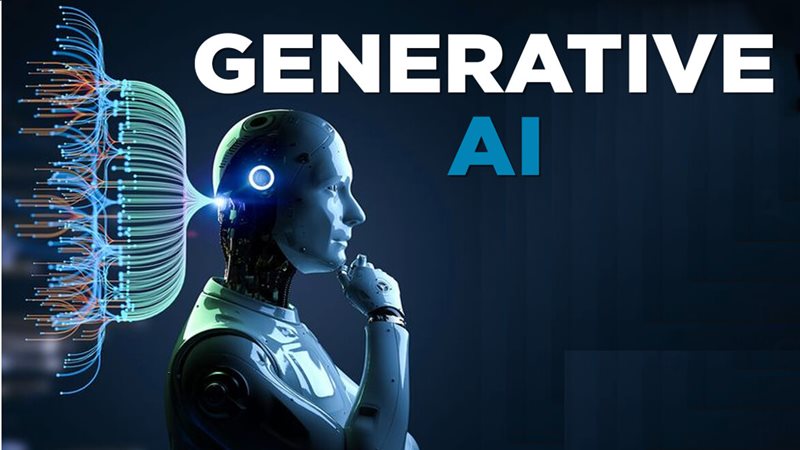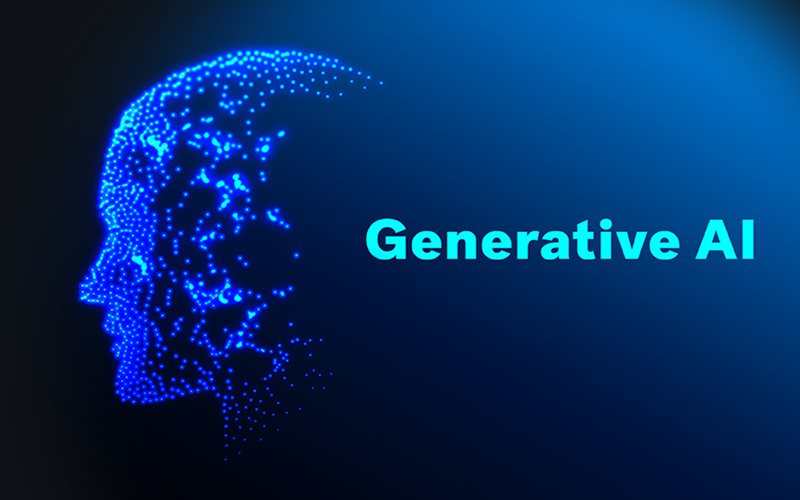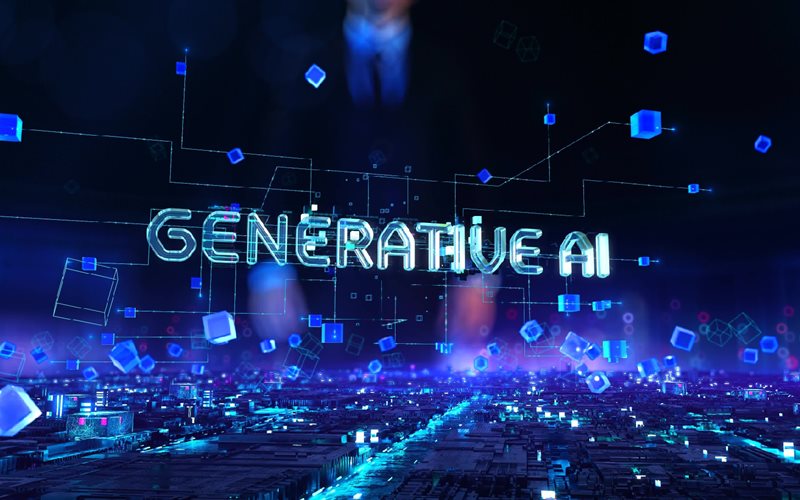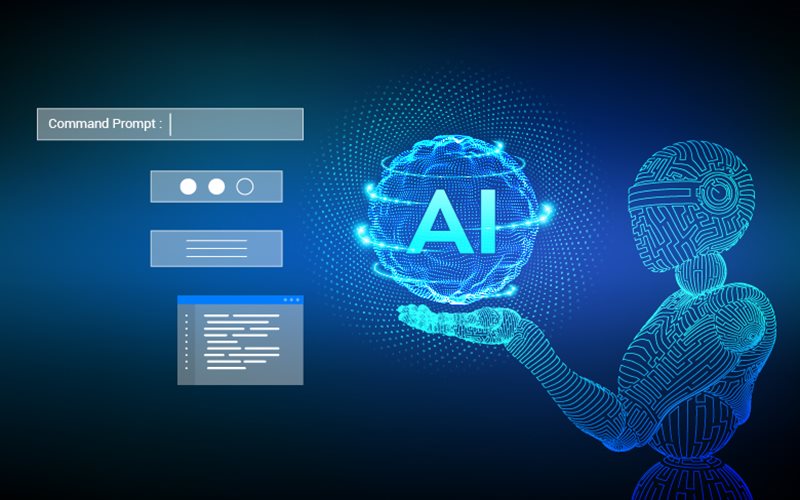Generative AI is one of the most prominent and exciting fields of artificial intelligence today. With a vast potential for development and expansion, Generative AI has captured the imagination of many. Let’s delve into the details of Generative AI and explore its fascinating capabilities.
1 What is Generative AI?
 Unleashing Creativity with Generative AI
Unleashing Creativity with Generative AI
Generative AI is a fascinating subset of artificial intelligence that focuses on creating novel and engaging content based on the input provided by humans. Unlike traditional AI systems, Generative AI goes beyond mere data analysis and generates exclusive and unique content, marking a significant breakthrough in technology.
2 How Does Generative AI Work?
 Understanding the Functioning of Generative AI
Understanding the Functioning of Generative AI
Generative AI operates through a learning model that creates new data based on existing datasets. This model can generate text, audio, or visual content independently, without human intervention. Here’s a step-by-step breakdown of the process:
-
Firstly, Generative AI gathers and processes data, either found by the system or provided by humans. This step is crucial as a diverse and abundant data source enhances the AI’s capabilities.
-
Next, the AI selects suitable model architectures for the given dataset and problem. This involves tweaking parameters to optimize the model’s performance.
-
Finally, Generative AI generates diverse and novel outputs in the form of text, images, or audio, showcasing its creative prowess.
3 Models of Generative AI
 Exploring the Diverse Models of Generative AI
Exploring the Diverse Models of Generative AI
There are several approaches to building Generative AI, and here are some of the most popular models:
-
Generative Adversarial Networks (GANs): This model uses two competing networks, one generating fake outputs and the other evaluating them. The rivalry improves output quality, but GANs lack diversity, limiting their use to specific domains.
-
Variational Autoencoders (VAEs): Also known as auto-encoding variational Bayes, VAEs transform data into a vector space and then back to its original form.
-
Autoregressive models (Diffusion models): These models predict each data element and generate new data based on previous predictions.
-
Diffusion models: By adding and gradually removing noise from data, these models create unique outputs.
-
Normalizing flows: This model transforms an initial probability distribution into a desired one through a series of changes.
4 Applications of Generative AI
 The Versatile Applications of Generative AI
The Versatile Applications of Generative AI
Content Creation: Generative AI excels at producing unique content, ensuring a fresh perspective beyond the input provided. It generates text with a high degree of authenticity and logic, benefiting fields like science, technology, and education.
Image and Video Generation: Generative AI is making waves by creating smooth and realistic videos and images based on linguistic descriptions. This capability streamlines the creative process, saving time and resources compared to manual design.
Music and Audio Generation: Generative AI’s talents extend to audio, crafting music and sound effects from descriptive inputs. Its compositions are already enhancing movies and viral videos, showcasing its versatility.
In conclusion, Generative AI is an exciting development in technology, offering a wide range of applications. From content and media creation to innovative audio experiences, Generative AI is shaping the future of artificial intelligence. Stay tuned as we continue to explore its potential and impact on our world.

































